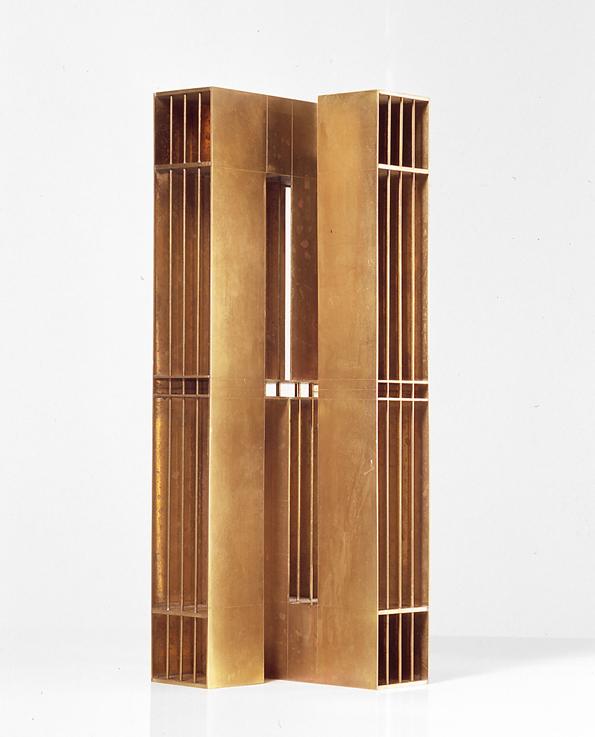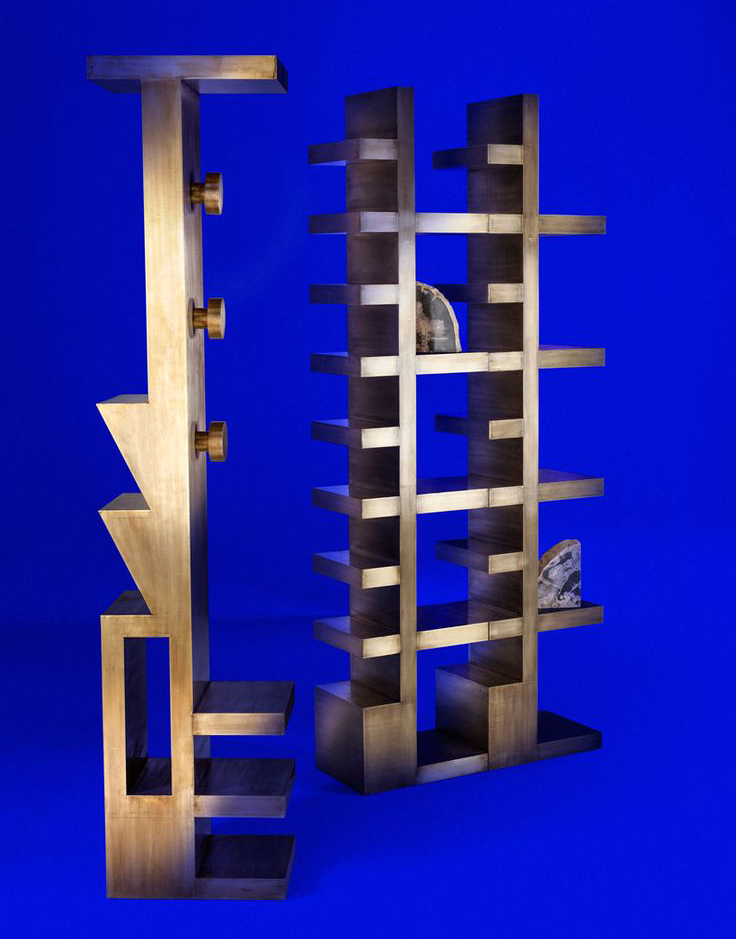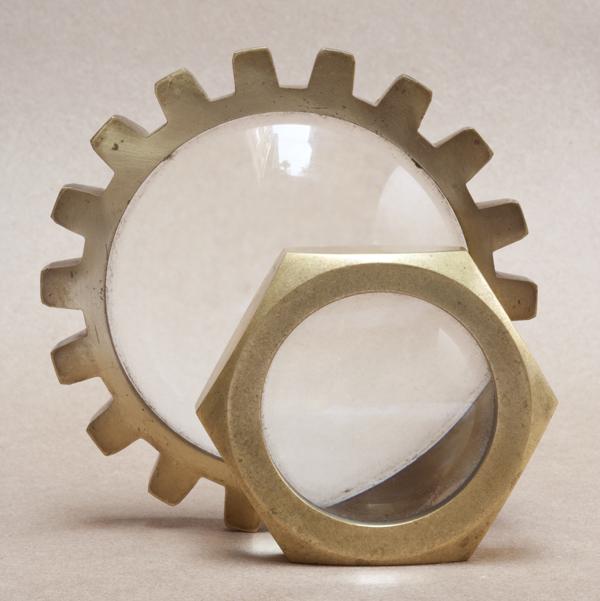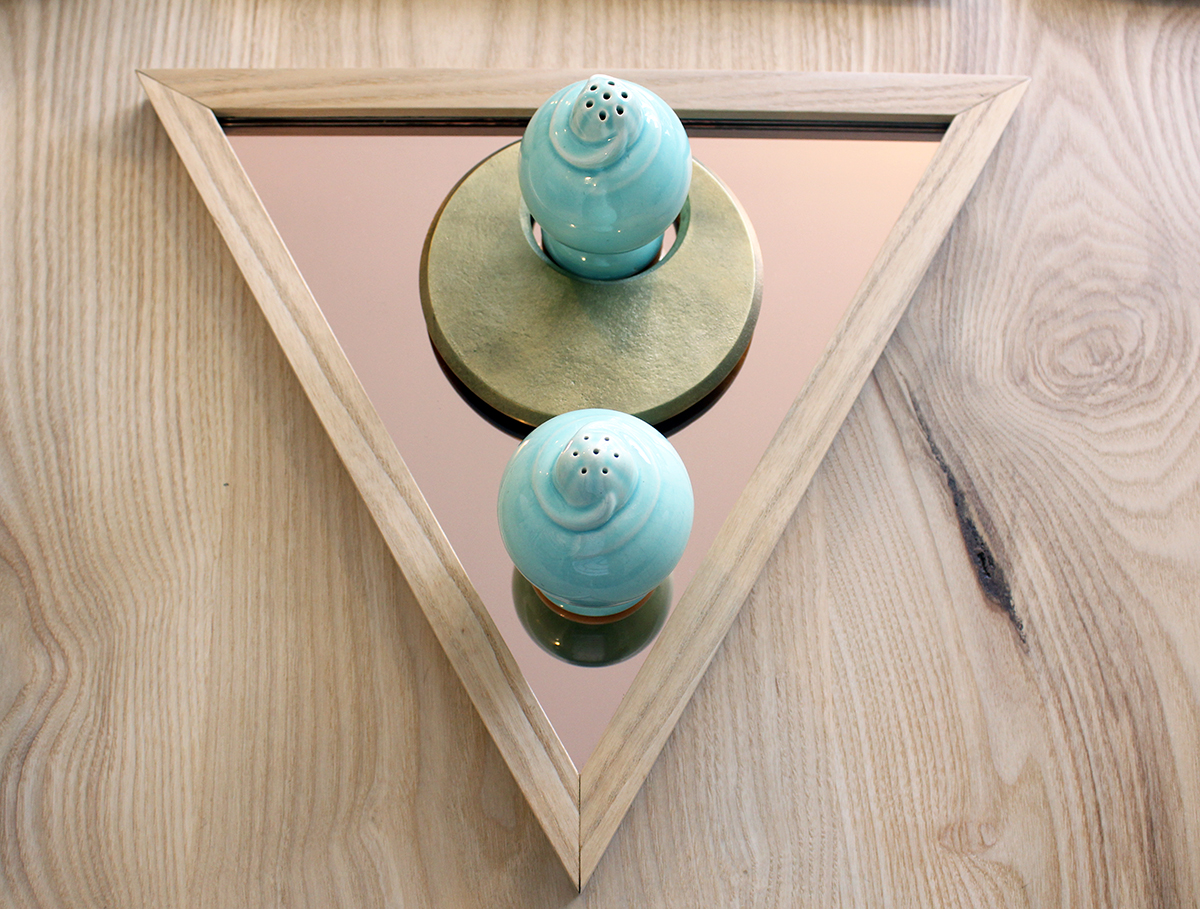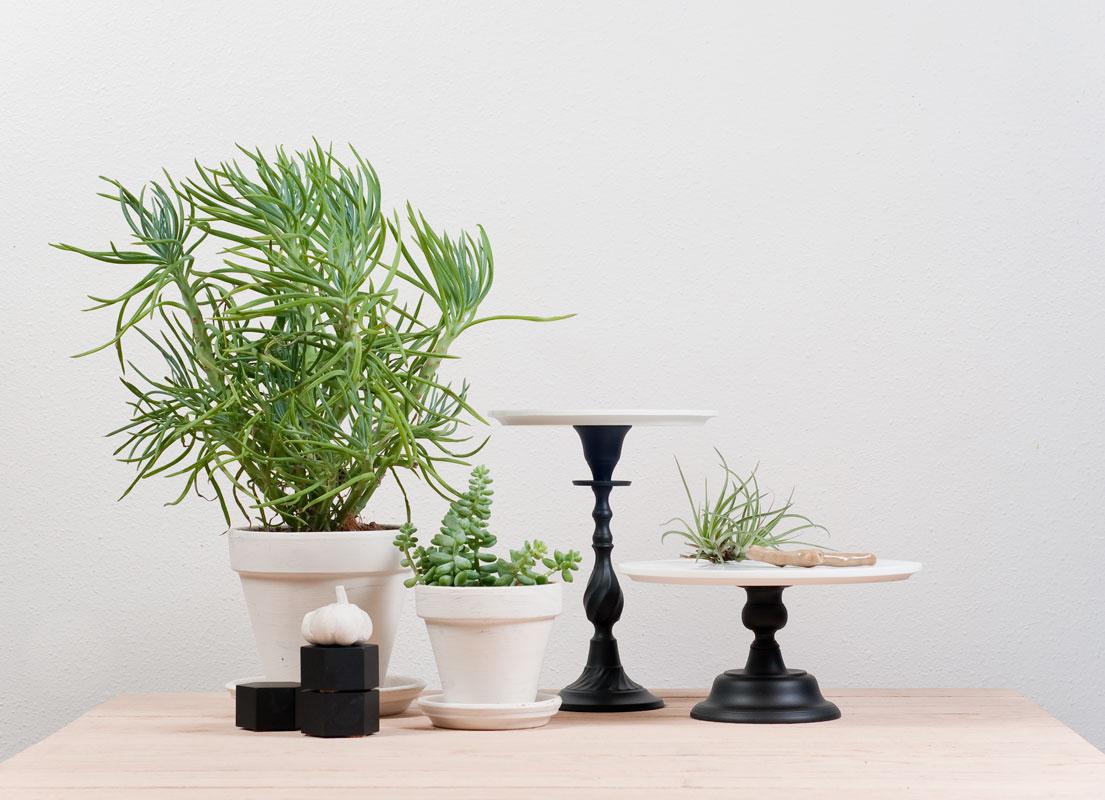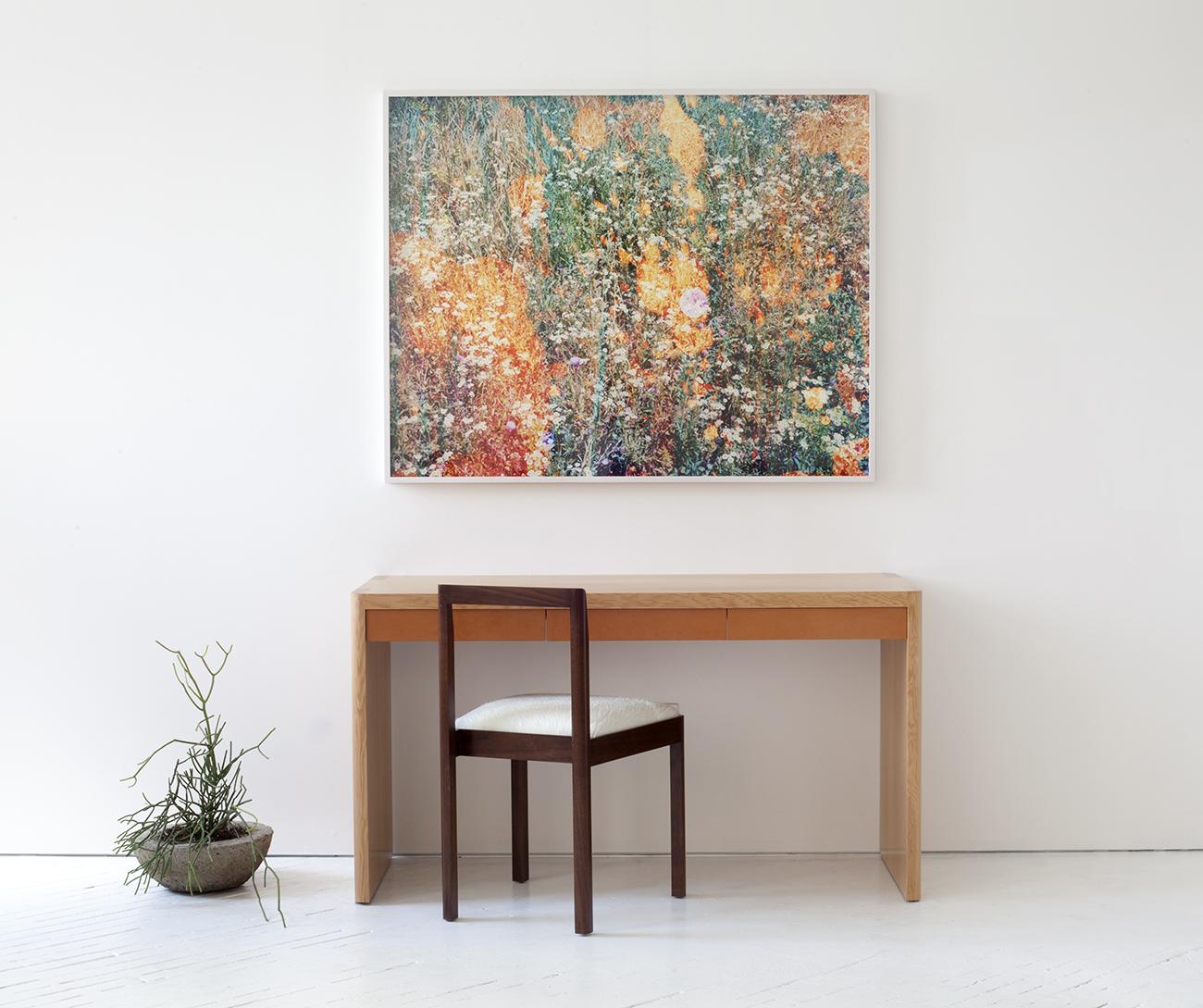
11.19.14
Studio Visit
Egg Collective, Furniture Designers
When Egg Collective launched their debut furniture collection at ICFF in 2012 — snagging a Best New Designer award in the process — they seemed to the design world to have come out of nowhere. And in fact, though the three — Stephanie Beamer, Crystal Ellis, and Hillary Petrie — met and began collaborating as 18-year-old freshmen at Washington University's architecture school more than a decade ago, the truth is they had formally joined forces and had begun crafting an ICFF plan only six months earlier. "I remember the three of us sitting outside the Javits Center in our Budget truck, about to move in furniture that we’d been working on with no one having seen for six months," says Beamer. "I was like, you guys, this is it. People could just walk by us the entire fair. But thankfully we seem to have struck a chord and the work resonated."
